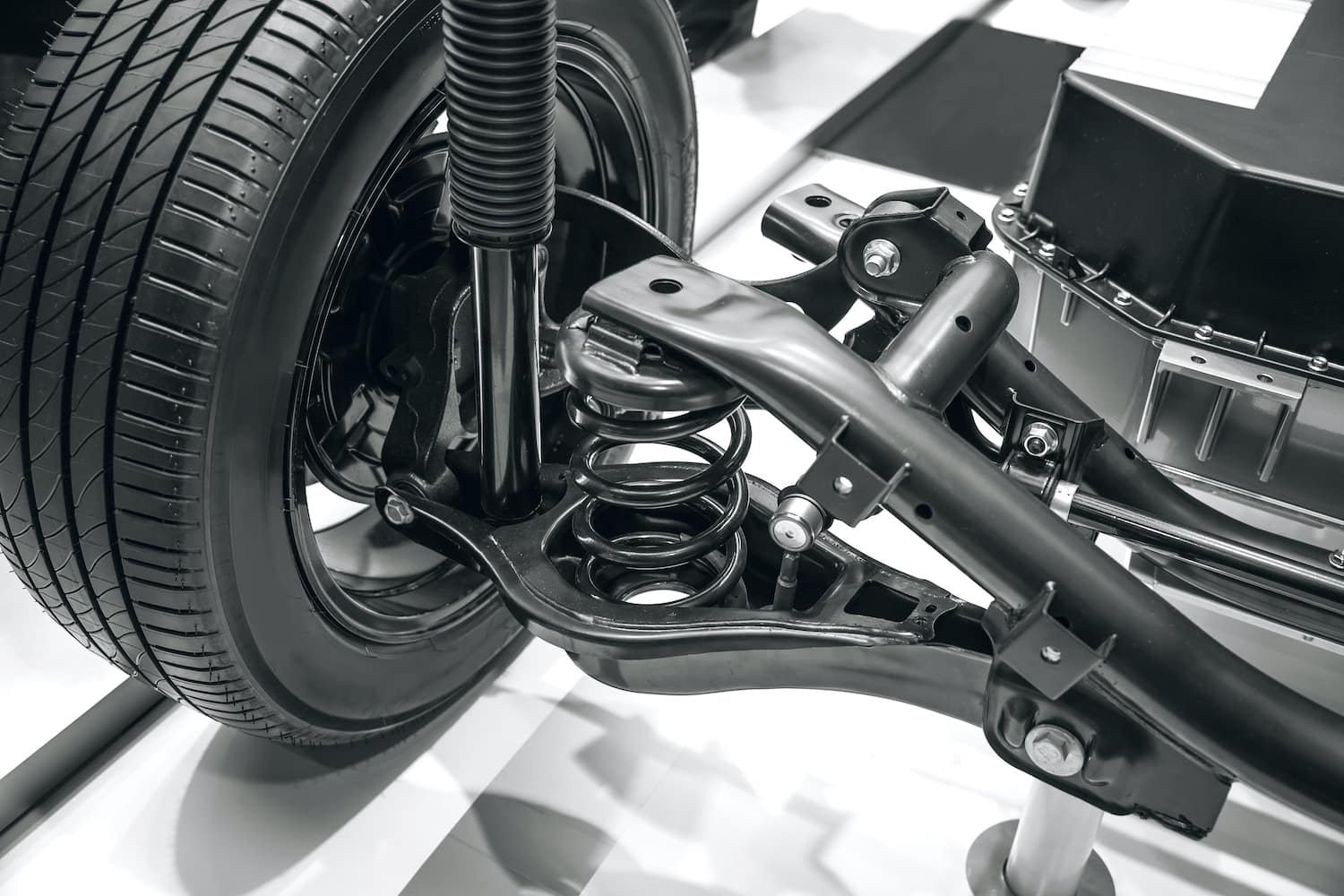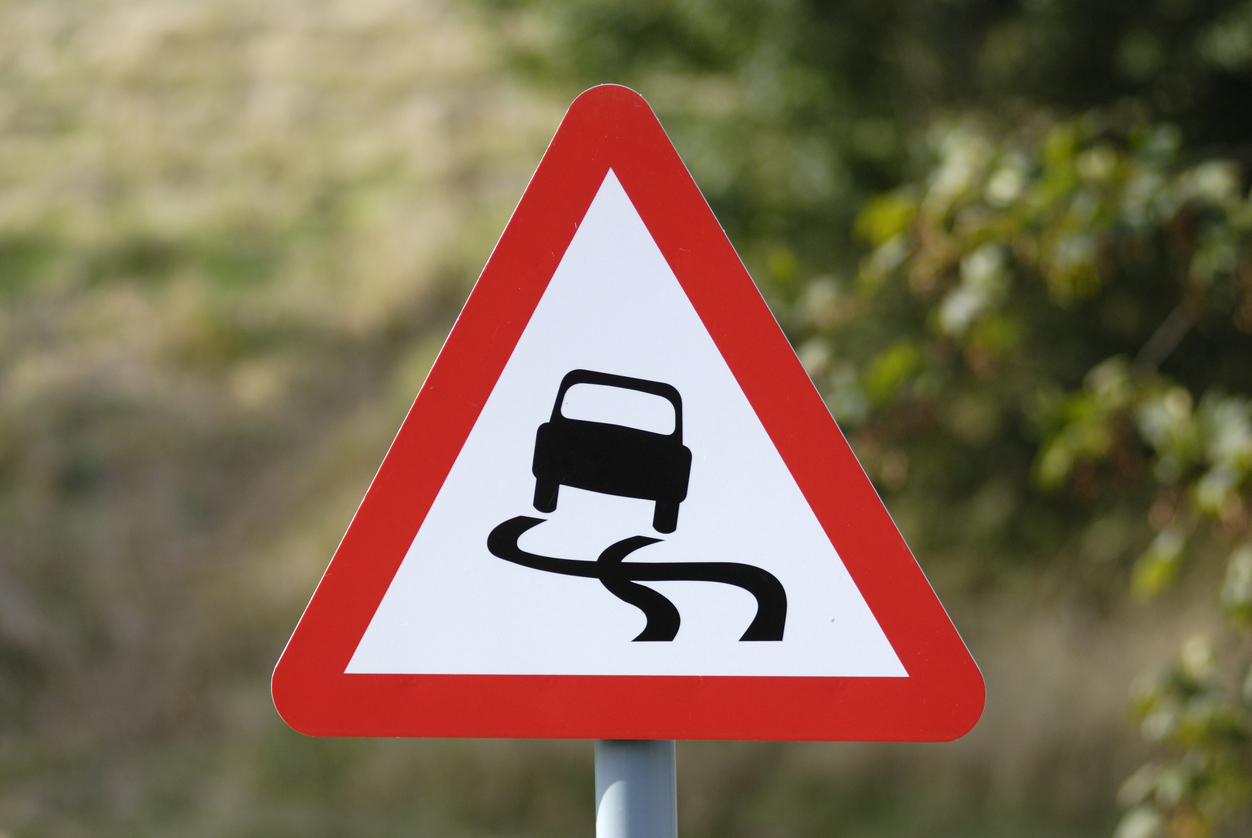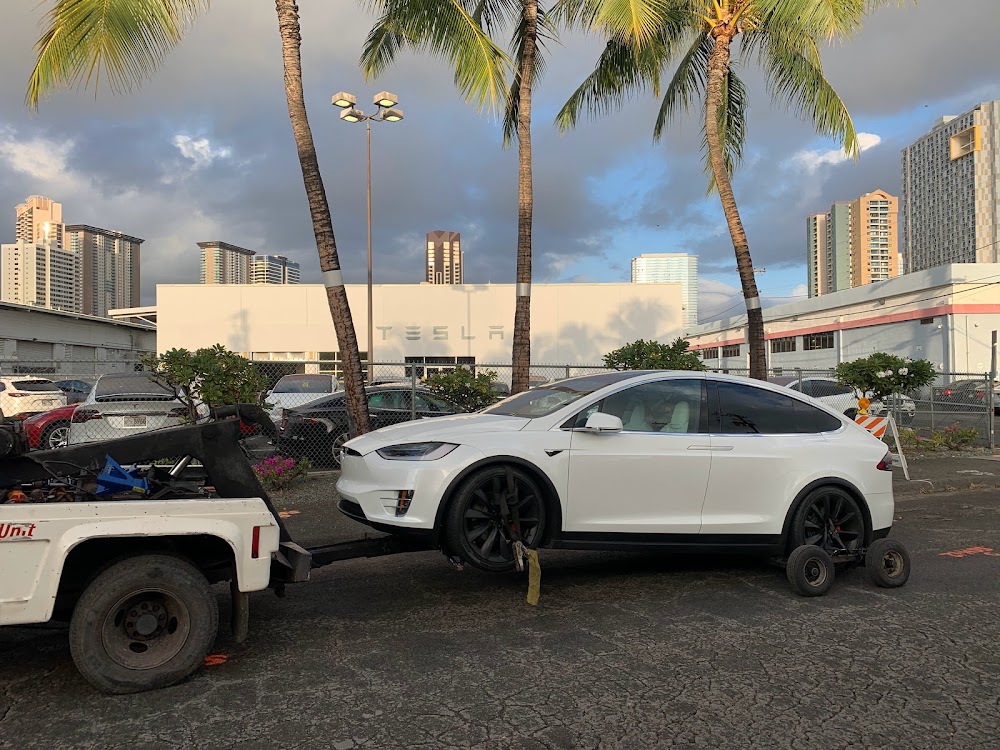The suspension system is an integral part of your vehicle, and it plays an important role in your vehicle’s performance and safety. The suspension system consists of components that are designed to cushion the impact of bumps and other road irregularities while maintaining control over the vehicle. It also provides a comfortable ride for passengers inside the vehicle.
When the suspension system fails, you may experience poor handling or abnormal sounds while driving as well as uneven tire wear or damage to other parts of the body such as wheels, rims and fenders.
In this article, we will discuss how you can identify when it’s time for your suspension replacement
Brief explanation of the vehicle’s suspension system
The suspension system is what connects your vehicle to the ground. It consists of a spring and shock absorber, which work together to absorb bumps in the road. The springs are what provide stability for your car or truck by absorbing impact from driving over bumps and potholes. Shock absorbers dampen the movement of the springs so that they do not bounce around excessively while you are driving down the road.
The purpose of all this is to keep your tires on solid ground instead of bouncing around like they’re on airbags!
Importance of a healthy suspension for a vehicle’s performance and safety
A vehicle’s suspension system is the link between the vehicle and the road. It’s responsible for keeping tires in contact with the road, absorbing bumps and potholes, making sure that wheels are aligned properly and making sure that your car drives straight ahead at all times.
In short: if your suspension isn’t working right, your car won’t drive right. You’ll feel every bump on every road surface because it will be transmitted directly through to you as vibrations or rough riding conditions. Over time this can lead to premature wear of other parts like brakes or struts.
Signs that indicate a failing suspension
Uneven tire wear and tire condition
If your tires are wearing unevenly and have a lot of tread depth, it’s time to change them. Tires that are worn down past the wear bars on their edges will cause the car to pull to one side when driving at high speeds.
Also, keep an eye out for cracks or punctures in the sidewalls or treads of your tires; these are signs that they need replacing as soon as possible! If any part of a tire has been damaged, don’t hesitate: to replace all four immediately before something serious happens on the road due to lack of maintenance by yourself!
Vehicle handling and ride quality
When it comes to vehicle handling and ride quality, the suspension is the most important part of your vehicle. It’s what allows your car or truck to drive smoothly over bumps and potholes without jarring you around in your seat.
If there’s one thing that can ruin all these things about driving fast (or even just normal) on rough roads, it’s bad shocks or struts. These components keep everything working smoothly by absorbing road vibrations so they don’t get transmitted up through the frame of the car or truck.
Unusual noises while driving
As your suspension gets older, you may notice a few different noises that could indicate a problem. The most common noise is creaking and groaning when you’re driving over bumps or potholes in the road. This can be caused by worn bushings or ball joints that need to be replaced. Some other common noises include:
- Clunking – When you hit a bump in the road, there should be no clunks or bangs coming from under your car’s hood; if there are, then it’s time for some maintenance work on your suspension system!
- Hissing/popping – If there’s a hissing sound coming from one side of the car when going over bumps, this could mean that something like a strut mount has failed due to age and wear and tear on its rubber bushing material. If so then we recommend getting it replaced as soon as possible since struts tend not to last very long once they start leaking oil through their seals which causes them to fail after a while.
Visible suspension wear and damage
Check for cracks in the rubber bushings, as well as signs of leaking fluid. Also look for any corrosion on the suspension components, which can indicate that there’s internal damage to consider as well. If you see any evidence that your shocks have worn out. For example, if they’re no longer able to provide enough rebound dampening or compression dampening–it may be time for replacement.
Factors affecting the suspension lifespan
Many factors affect the lifespan of your suspension. These include:
Driving conditions
The rougher the road, the faster your suspension will wear out. If you live in an area where potholes are common and roads are poorly maintained, your Sachs shock will likely need to be replaced more often than someone who lives in a smoother area with better infrastructure.
Vehicle mileage and age
As vehicles age, their springs become less flexible over time as they lose their elasticity due to chemical breakdowns within their metal coils or bushings. This process is accelerated by excessive heat from driving on hot days without air conditioning.
Suspension system design and quality
Some cars have more complex suspension systems than others; some manufacturers also use higher-quality materials when designing their cars’ suspensions than others do.
Importance of timely suspension and replacement
The suspension system of your vehicle is instrumental in providing safety, handling, stability and comfort.
Safety
It’s no secret that worn-out or damaged suspension components can lead to accidents. If you experience poor handling on the road, it could be due to faulty shocks or struts which are not performing their job properly. If a tire has a blowout caused by faulty brakes or alignment issues then that could result in an accident as well.
Handling/Stability
Poorly calibrated shock absorbers or poor quality Sachs clutch will cause your vehicle’s body to roll when cornering at speed which may lead to loss of control if not corrected immediately by turning away from the skid mark (countersteering).
Steps to determine if suspension replacement is required
To determine if suspension replacement is necessary, you should look for the following signs:
- Your car shakes when you drive over bumps in the road. This can be a sign that your struts or shocks are worn out and need to be replaced.
- You hear creaks and rattles in your car’s body when it’s travelling over uneven surfaces like potholes or speed bumps. This may indicate that some of your suspension bushings have become worn out over time, making them less effective at absorbing shock when driving over rough terrain.
- When turning corners sharply at high speeds, there’s a noticeable body roll. The feeling is like you’re leaning into an invisible corner as opposed to going around it smoothly, or even understeer where the front wheels slide toward each other instead of turning sharply enough toward their intended direction. These are all signs of problematic ball joints/lower control arms which connect various components within each wheel assembly together so they can move independently while maintaining stability throughout various manoeuvres such as braking hard into corners.
In a nutshell
If you’re not sure whether or not your vehicle’s suspension needs to be replaced, it’s best to have it inspected by a professional. They can perform a thorough inspection and let you know if there are any problems with your vehicle’s suspension system.
Ready for a smooth ride? Avoid suspension issues in your vehicle by choosing from our quality auto parts! Ensure safety and top-notch performance for your vehicle with us!











